In the pediatric urology community, biofeedback is often recommended for treatment of urinary issues, but there’s not a lot of evidence to support its efficacy, says Rebecca Cesa, MSN, RN, APRN-CNP, a nurse practitioner in pediatric urology at Cleveland Clinic. “There is no standard biofeedback protocol,” says Cesa. “Providers that support biofeedback therapy each use it differently. Our technique was standardized, and we wanted to know if our standardized technique was working for our patients.”
Cleveland Clinic is a non-profit academic medical center. Advertising on our site helps support our mission. We do not endorse non-Cleveland Clinic products or services. Policy
Cesa and her colleague, Kimberly Slocombe, MSN, RN, APRN-CNP, led a case series research study to evaluate the effectiveness of biofeedback on dysfunctional voiding in girls aged 7 to 12 years old. In the urology practice, providers manage 300 patients annually for voiding complaints. Patients are treated with urotherapy and providers often recommend the biofeedback program. This research study used a retrospective chart review methodology (cases from 2012 through 2017) to assess outcomes after biofeedback was applied for dysfunctional voiding.
“Patients with dysfunctional voiding do not contract and relax their pelvic and rectal muscles the way they are supposed to, which can cause daytime incontinence inability to empty the bladder and recurrent urinary tract infections,” says Cesa. “With biofeedback, we use a computer game and electromyography to teach children how to relax and contract pelvic and rectal muscles appropriately.” Patients receive four biofeedback sessions over a 4- to 6-week period.”
Cesa and Slocombe analyzed data of 12 patients in two stages. In the analysis process, they assessed each case individually and then reviewed the entire series for similarities, differences and patterns. Data were separated into two domains: physiological that included uroflow and post void residual measurements and subjective patient reports of occurrences of daytime incontinence and urinary tract infections. In the case series, patients who received biofeedback for treatment of dysfunctional voiding had complete improvement or some improvement in both incontinence and/or urinary tract infections.
There were some limitations to using a case series methodology. “We encountered similar challenges to other case series with missing data and low patient numbers,” says Cesa. “However, our findings support the need for further research into the efficacy of biofeedback on physiological and subjective dysfunctional voiding changes. A comparative or randomized controlled design and larger sample size are needed to understand the generalizability of our findings. It might also be important to conduct a robust research study using adolescent children, rather than school age children to determine the scope of benefit.”
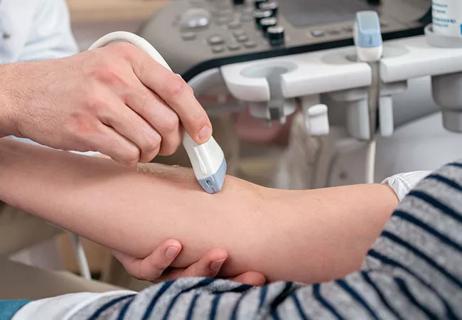
Study shows ultrasound can be valuable tool for improving patient satisfaction by reducing failed IV insertions
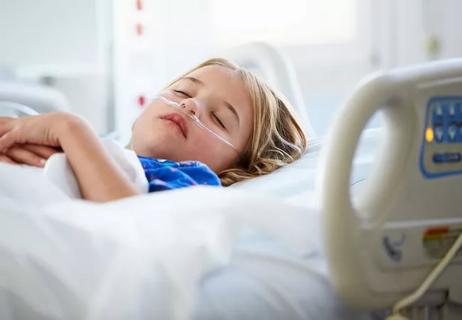
New system uses vital signs to predict need for further intervention
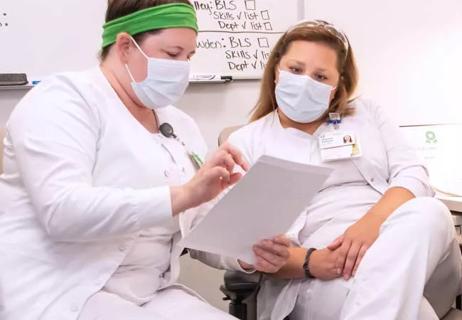
Findings reveal personal and professional factors that influence nurses’ interest in medical research

Nurse scientists bridge divide between bench and bedside

Individual and population factors play a role

Study looks at cardiopulmonary arrest and activation rates
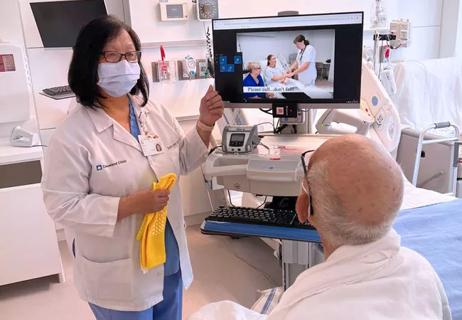
Video education and nurse-led reinforcement help with fall risk awareness
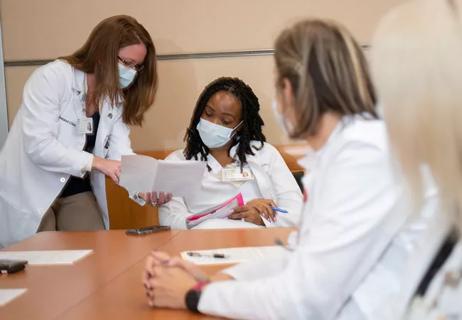
Further research into collaborations may help strengthen nursing science